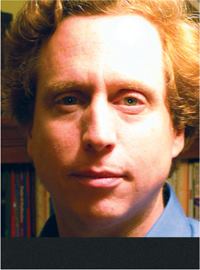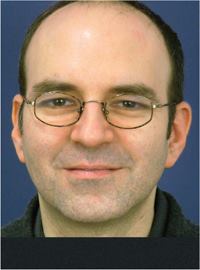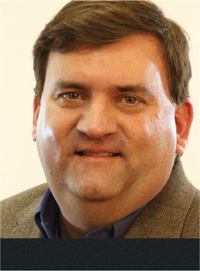Although LEDs and solid-state lighting (SSL) have made great strides in the lighting marketplace over the past several years, reliable testing of SSL products and data documentation have not kept up. It has taken the lighting industry some time to understand how to develop a set of metrics to properly represent the nuances of this light source in architectural lighting applications. Once it was realized that the procedures used to test traditional filament sources are not well suited for LEDs, organizations such as the Illuminating Engineering Society (IES) and the U.S. Department of Energy (DOE) began working on more appropriate standards.
There has been substantial progress on the documentation front. Through its CALiPER (Commercially Available LED Product Evaluation and Reporting) program, the DOE has documented a number of products, through several rounds of testing. The latest, Round 9, was released in December.
The IES, the recognized technical authority on illumination, recommends best practices for the industry and has issued new guidelines as lighting technology has advanced. In 2008, it released two documents to address SSL and LEDs. The first report, LM-79-08: “IES Approved Method for the Electrical and Photometric Measurements of Solid-State Lighting Products,” describes the photometry method for LED luminaires. The second report, LM-80-08: “Approved Method for Measuring Lumen Maintenance of LED Light Sources,” outlines the measurement of lumen maintenance—the amount of light output sustained over time. A third report, TM-21: “Lumen Depreciation Lifetime Estimation Method for LED Light Sources,” is in development.
LM-79 and LM-80 have been welcome additions to the discourse about LEDs and SSL. In fact, LM-80 was given the 2009 Lightfair Innovation Award for Best Research Publication.
The report has garnered a lot of attention, and to understand its impact on the industry, ARCHITECTURAL LIGHTING asked members of the lighting community to offer their thoughts on the pros and cons of LM-80. In order to get as complete a picture as possible, we asked practitioners who represent manufacturing, design, and electric utilities.
The consensus? LM-80 supplies an excellent foundation on which to continue the important work of establishing reliable SSL test data and procedures.
THE LIGHTING MANUFACTURER’S PERSPECTIVE Kevin Dowling, Vice President Innovation
Philips Color Kinetics, Burlington, Mass.
In the LED and SSL industries today, lumen maintenance often is used as a proxy for the lifetime of LED-based systems. But lifetime is not the same as lumen maintenance. Period.
The standard LM-80-08 measures lumen maintenance of the LED devices and brings a note of consistency. It is the first major step toward a transparent and honest appraisal of one aspect of lifetime for LED systems. The figures we see of 50,000 hours or 100,000 hours—or, as I have seen in some cases, even larger figures—are not lifetime numbers. They are lumen maintenance numbers applied to products.
LM-80 details the testing procedure for determining, under specified conditions, the lumen maintenance of an LED device—no more, no less. It does not yet provide for prediction and extrapolation of these numbers, nor is it a direct measure of the lumen maintenance of a complete fixture. Prediction method development is under way, but LM-80 does provide a directly measured assessment of photometric characteristics for as long as the units are tested. While the time required to test 6,000 hours, 10,000 hours, and more is lengthy, it is required to provide a real and tested number.
Predicting lumen depreciation is the next major step, and TM-21 “Lumen Depreciation Lifetime Estimation Method for LED Light Sources” is the ongoing SSL committee effort within the organization that was convened to address this issue. LM-80 and the many standards in process should provide comfort and real specifications for LED systems. A world of consistently applied specifications and testing methods is far better and far more comfortable than one without.
Note: LM-80 was prepared by the Subcommittee on Solid-State Lighting of the IESNA Testing Procedures Committee. Kevin Dowling served as the chairman of this subcommittee.


